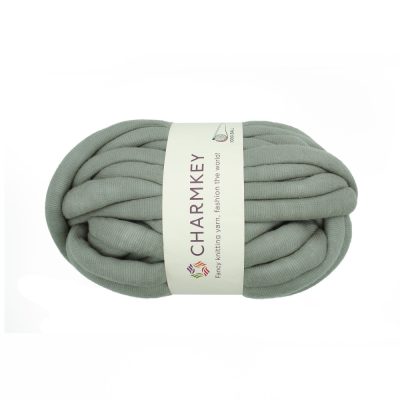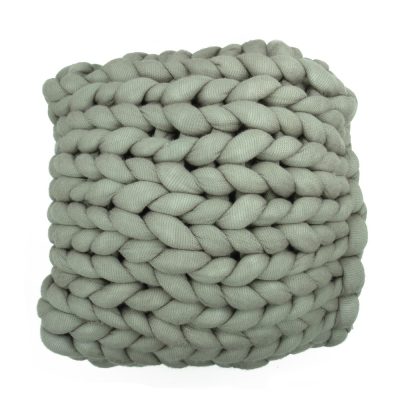For generations, the villagers had grown jute, a versatile and sustainable crop. Jute, often referred to as the “golden fiber,” is known for its strength, durability, and eco-friendliness. It had been a staple in their lives, used for making ropes, bags, and various household items. But as the world moved towards more synthetic and non-biodegradable materials, the demand for jute had dwindled, leaving the farmers in a precarious situation.
One day, as the villagers gathered to discuss their challenges, they realized that they had to find a way to not only preserve their traditional way of life but also promote sustainability. Inspired by their ancestors’ wisdom, they decided to embark on a journey to make jute the centerpiece of their community’s revival.
Their first step was to modernize their jute production techniques. They embraced organic farming practices, shunning harmful chemicals and pesticides. This not only improved the quality of their jute but also protected their precious land for future generations.
Next, they reached out to experts and artisans to develop innovative ways of using jute. They started producing stylish jute bags, clothing, and even jute-based construction materials. These eco-friendly products gained popularity in the market, attracting environmentally conscious consumers from around the world.
As the demand for their jute products grew, the villagers formed a cooperative to manage their resources collectively. They pooled their profits to build a jute processing facility in their village. This not only created local jobs but also ensured that the entire production process remained sustainable and ethical.
Word of their sustainable jute products spread far and wide. The village became a hub for eco-conscious travelers and researchers interested in studying sustainable practices. They hosted workshops and seminars to share their knowledge with others, further cementing their reputation as pioneers in sustainability.
Over time, the village not only thrived economically but also became a model for sustainable living. Their story was a testament to the power of community, innovation, and a commitment to preserving the environment. They had successfully turned jute into a symbol of sustainability, reminding the world that traditional materials could be the key to a greener, more sustainable future.
And so, in this small village on the banks of the Ganges, the tale of jute yarn became a story of sustainability, proving that even the most humble of fibers could weave a brighter and more sustainable future for all.
























